General knowledge test #3
(english)
General knowledge test #1(english)
General knowledge test #2(english)
General knowledge test #4(english)
What is the CDL General Knowledge Test?
The CDL General Knowledge test is a written exam that covers a wide range of topics related to safe vehicle operation, traffic laws, and general knowledge that commercial drivers need to know. The test is designed to ensure that drivers have a basic understanding of the rules of the road and the skills necessary to operate a commercial vehicle safely.
Who Needs to Take the CDL General Knowledge Test?
Anyone who wants to obtain a CDL is required to take and pass the General Knowledge test. This includes drivers who want to operate:
- Tractor-trailers
- Buses
- Tanker trucks
- Vehicles carrying hazardous materials
- Other commercial vehicles
Why are Practice Tests Important?
Practicing for the CDL General Knowledge test is crucial for success. Here’s why:
- Familiarization: Practice tests help you become familiar with the format of the real exam, the types of questions you’ll encounter, and the time constraints.
- Knowledge Assessment: They allow you to assess your current knowledge and identify areas where you need to focus your studies.
- Confidence Building: Taking practice tests and seeing your progress can boost your confidence and reduce test anxiety.
- Improved Performance: Studies have shown that students who use practice tests perform significantly better on exams.
